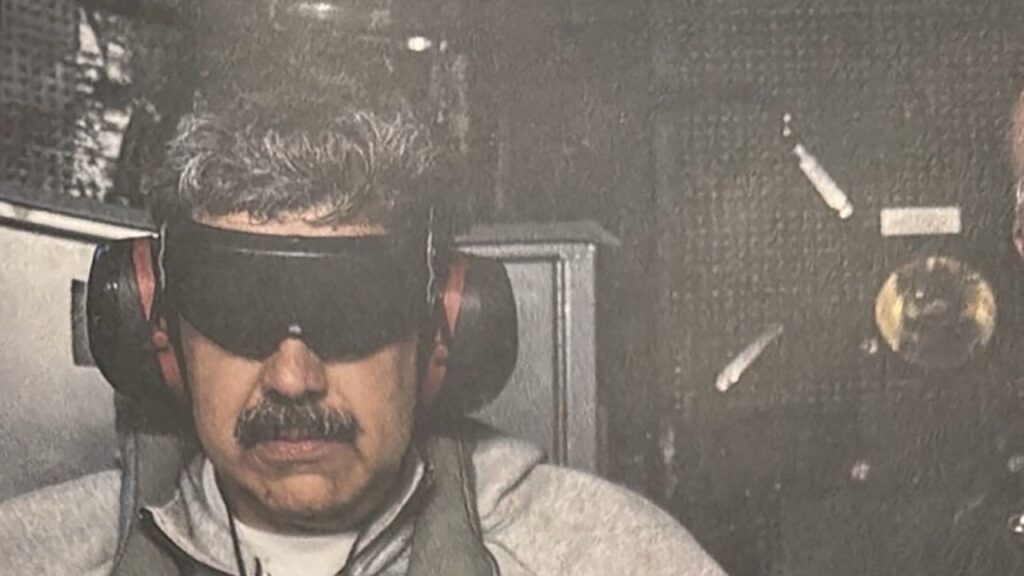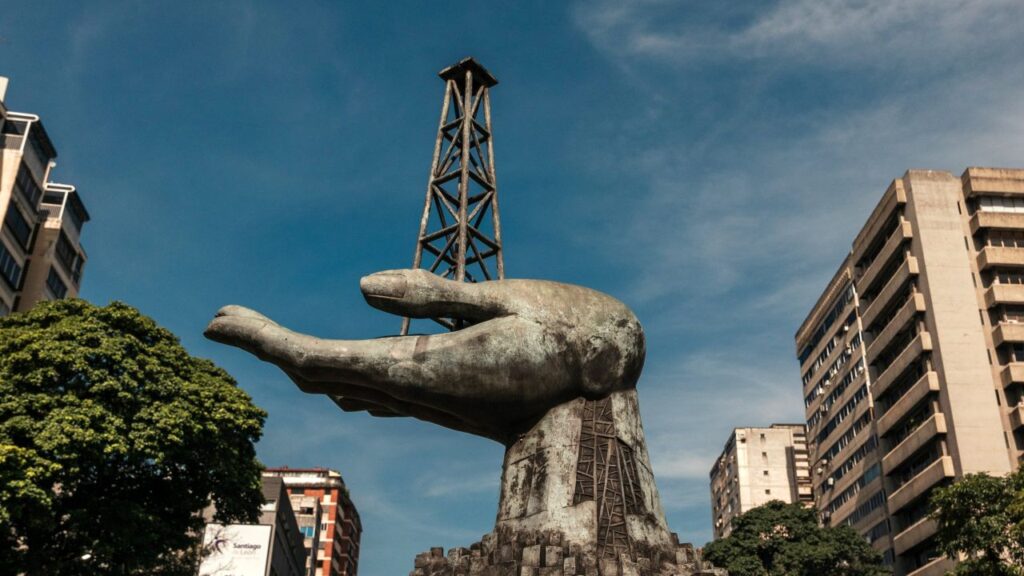Share
Community Medical Centers now has more employees off work due to COVID-19 exposure than at any other time during the pandemic.
As of Wednesday morning, the Valley hospital system’s online dashboard shows 335 employees are not able to report to work due to COVID exposure. Of those, 108 are confirmed to have tested positive for the virus.
CMC had been updating their dashboard twice a week. But on Wednesday, a message posted out on their social media accounts says that is now changing.
“Due to the rising number of COVID cases in our community, this dashboard will be updated three times per week (Monday, Wednesday, Friday) by 10 a.m.,” CMC wrote on their Twitter account.
A snapshot of the impact COVID-19 is having on our hospital system as of 12/2/20.
Due to the rising number of COVID cases in our community, this dashboard will be updated three times per week (Monday, Wednesday, Friday) by 10 a.m.
For the latest, visit https://t.co/5H9KGOVGKO pic.twitter.com/2an8FlWTAd— Community Health System (@CommunityMed) December 2, 2020
Fresno County remains in the state’s ‘purple’ COVID tier – but local case rates are trending better than last week. State data shows the county recording 13.5 COVID-19 cases per 100,000 residents, which translates to a 6.4% positivity rate. However, Fresno County hospitals report only 9 ICU beds available – a drop from 12 just the day before.
Meanwhile, patients arriving at local hospitals by ambulance are having to wait longer before they can be admitted.
American Ambulance President Todd Valeri said seven of his ambulance teams each spent three hours waiting with patients inside of area hospitals Tuesday night.
In San Bernardino County, emergency dispatchers are no longer automatically sending ambulances to many 911 calls where COVID-19 or flu symptoms are reported, though they are visited by paramedics. Some ambulances in the county were waiting four to six hours to release patients to hospitals, local authorities said.
The strategy is helping to increase the availability of ambulances for more urgent needs as coronavirus-related calls surge. Fresno County officials are looking at doing something similar – but with a different strategy – in the near future.
American Ambulance Wait Times

“COVID-19 has created new challenges for everyone in the health care system, and those impacts are felt along the entire continuum of the delivery of health care.”–Todd Valeri, American Ambulance president/CEO
“COVID-19 has created new challenges for everyone in the health care system, and those impacts are felt along the entire continuum of the delivery of health care,” says Valeri.
Valeri is also the president of the California Ambulance Association. “I talked to my counterparts throughout the state as well as friends throughout the country. And they’re experiencing very similar circumstances,” says Valeri.
He says it’s not a matter of call volume, as calls are actually down year over year by 3.7%. Instead, it’s the amount of time spent on each call that has become problematic.
On average, he said every call is lasting about 12 minutes longer, on average, than last year. That may not sound like much, but considering American Ambulance runs 350 transports every day, the challenge becomes clearer.
Valeri says the issue is centered around appropriately screening patients for COVID-19 and trying to mitigate the potential spread of infection to non-COVID patients. He says hospitals have to work within the constraints of their physical environment and come up with parallel tracks for accepting and caring for patients who may have the virus.
He’s said he’s proud of the performance of his employees under the increased pressure.
“Ambulance workers, EMTs and paramedics are heroes,” says Valeri. “Keep in mind that with every patient encounter they’re having to don PPE. They are in a confined space in the back of an ambulance for extended periods of time, carrying directly for COVID patients.”
As of Tuesday, American Ambulance has transported 1,776 COVID-19 positive patients. Of their workforce of about 700 employees, Valeri said 48 have at one time or another tested positive for the virus.
“The stress is apparent among our entire workforce, regardless of their role in the organization, whether it be dispatch support roles or EMTs and paramedics,” he said, noting that a licensed clinical social worker is on staff to provide mental health support.
“Issues of stress and burnout are real,” Valeri said. “Our mental health clinician – he has his hands full helping with those issues with our workforce.”
Cutting Down on Wait Times

“In today’s situation, the process of getting the patient into the hospital has become a little bit more challenging.”–Dan Lynch, Fresno County EMS Director
“In today’s situation, the process of getting the patient into the hospital has become a little bit more challenging,” said Dan Lynch, emergency services manager for the Fresno County health department.
Lynch says he’s been working closely with Community’s hospitals to get wait times down. The first step, he said, is educating ambulance providers about where they can take lower level patients.
“Instead of taking them in the hospital and through triage, they could instead take them to a waiting room and set them in a chair and notify a nurse that they brought in someone,” says Lynch. He says the approach prevents the ambulance from being tied up for hours at a time. Some hospitals have also set up tents in their parking lots for lower level patients that can be utilized as drop off points for ambulances.
“There’s still a delay, if they do have a patient that looks like they have COVID symptoms,” explains Lynch. He says some ambulance providers are still taking non-COVID patients through the previous process. His hope is by re-educating providers, delays can be cut down.
Lynch contacted his counterpart in San Bernardino County for additional insight.
“What San Bernardino is doing is that they may not be sending the ambulance initially to these low level 911 calls, but they still are sending a first responder to that call to basically assess and determine whether or not they need an ambulance,” explains Lynch. “What we’re considering here is something very similar.”
He said Fresno County is looking at the possibility of prioritizing ambulance response based on the urgency of a patient’s need. The caveat would be if a patient worsens, they or a family member could call back and elevate the response time, he said.
“That way, it just gives us a little bit more time to move those ambulances through the system and get to those people that have these very minor issues,” says Lynch.
Increasing American Ambulance EMT Staff
“We’re running the wheels off the ambulances,” said American Ambulance human resources director Bob Adams.
His goal is to hire 75 more EMT’s by the end of March to address staffing needs.
“There’s a couple of local training programs that are just getting out,” he said.
Adams said the starting salary for an EMT will increase in January to $45,000 a year with benefits, before overtime. Adams also said hospitals are struggling for staffing also and are looking at hiring more of their own EMT personnel moving forward.
American Ambulance has a fleet of about 110 ambulances. Capacity is not the problem, Adams said
“What we’re trying to do, is to pump our numbers up on the EMT side so that we can free those paramedic ambulances to respond to the priority one and to truly life threatening emergency calls,” explains Adams.
He says it was inspiring for him to see a class of 45 potential new EMT’s at National University last week.
“That’s just amazing to us that people are wanting to get into this and go out there and work and help people.”
[activecampaign form=25]


















